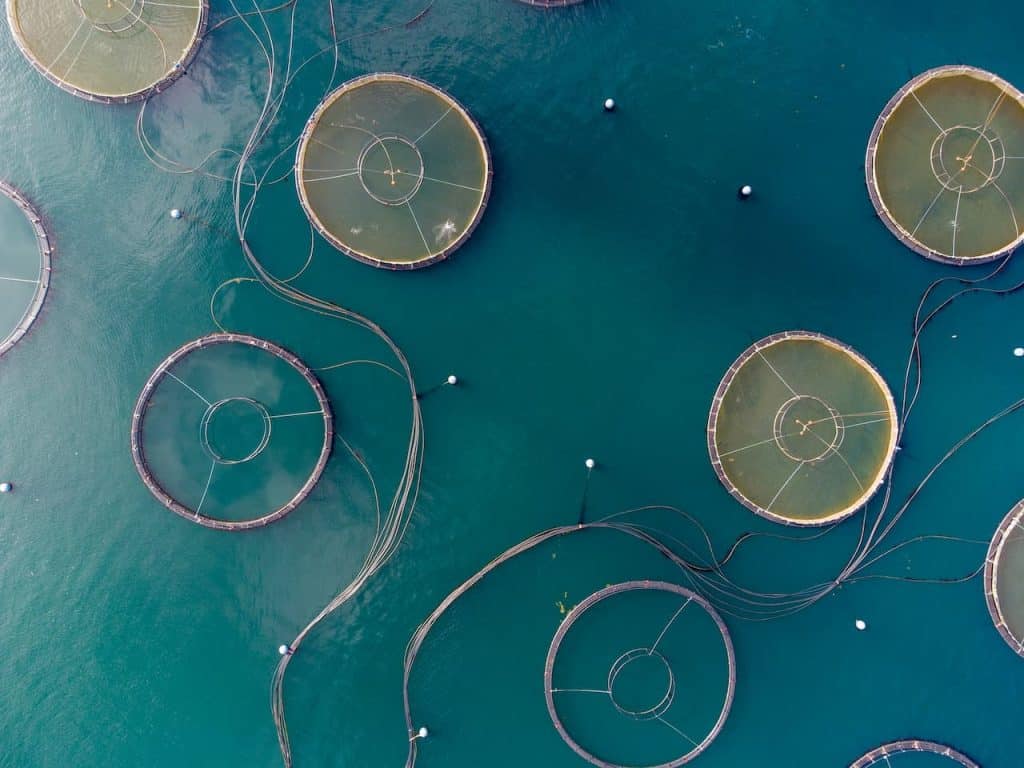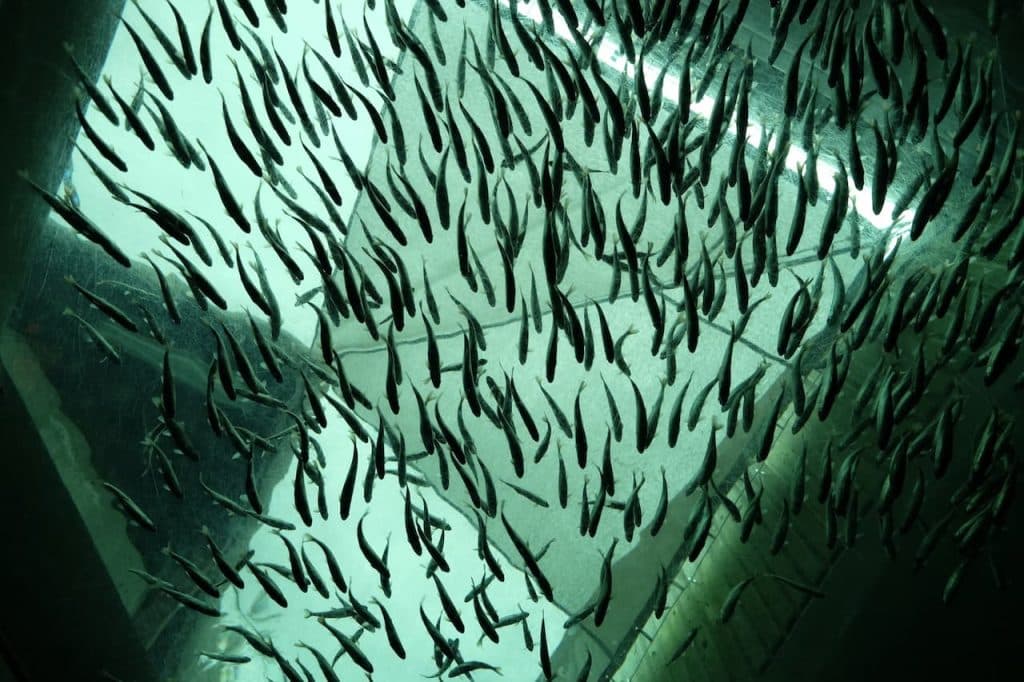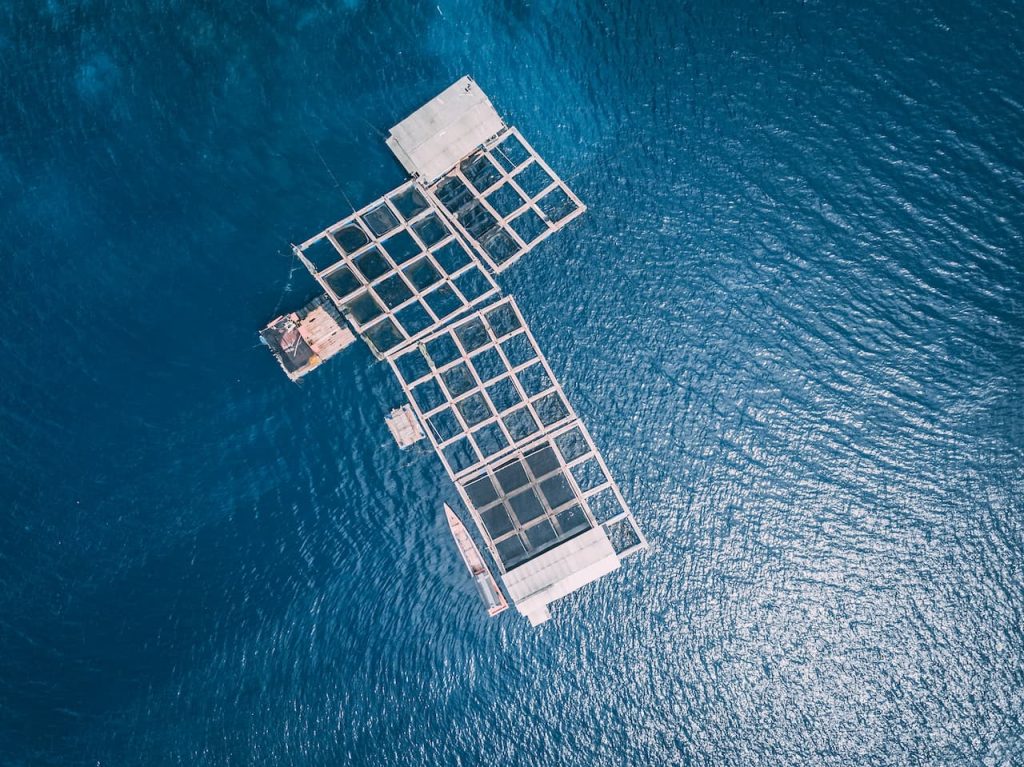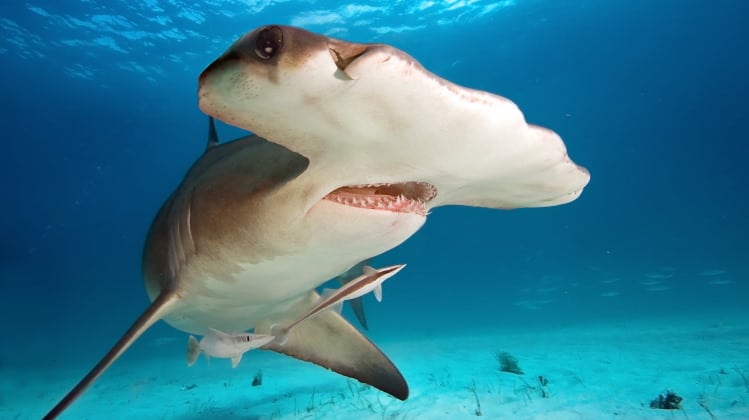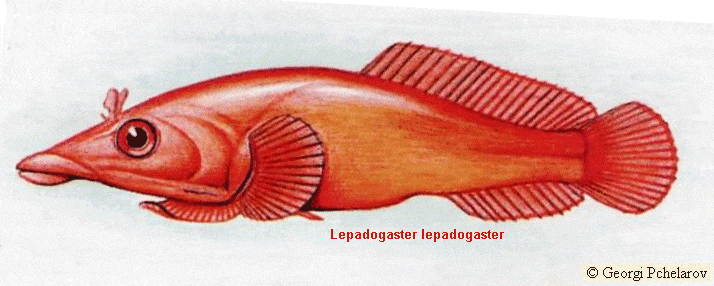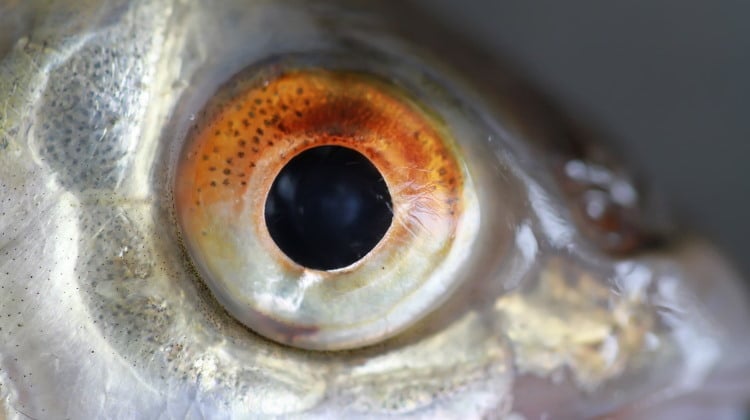Is Fish Farming Bad?
Is Fish Farming Bad & Should It Be Reevaluated?
Fish farming is already an activity with a mixed image, while many people love it because it is economically successful, others dislike the dislocation of natural systems that this allows. Especially disliked are ocean pens where the fish are kept in large cages of nets in coastal water. Economically this is very successful, but environmentally it is a problem because of the excessive amounts of wastes it produces in a small area.
Aquaculture or fish farming accounts for at least half of the seafood we consume. Fish farming is a very diverse industry. Fish farming can take place in open water or semi-contained systems. It involves a wide variety of species and raising methods. Diverse types of aquaculture have a variety of impacts on the environment.
Aquaculture is expected to provide the majority of seafood consumed by humans in the near future. In order to create a sustainable industry in fish farming for the future, we will need to minimize its use of wild fish stocks, pollution and disease, as well as farmed fish escapes.
The negative impact marine aquaculture has on the environment can be criticized. Could aquaculture have positive effects in certain circumstances on the surrounding ecosystems?
Researchers found that, while aquaculture can have negative impacts (mostly due to poorly designed, located, regulated, or operated facilities), there are growing evidences suggesting we might be overlooking positive benefits for the ecosystem and society associated with aquaculture in marine environments. These include shellfish, alga, and fish farming.
These benefits, which are similar to the ecosystem services that nature provides for free, include goods (such a food and medicine) and services (such a shelter/habitat/water treatment for wildlife, and erosion prevention).
Aquaculture is only practiced on a tiny portion of Earth’s surface. The potential of aquaculture to feed a world in need is enormous. Recent estimates estimate that the total landings from all wild-captured fisheries can be produced with less than 0.01% of the ocean’s surface.
What is fish farming?
The practice of raising fish for human consumption in a commercial environment is known as Fish Farming . The majority of farmed fish are mass-reared under unnatural conditions. Their wellbeing is also largely ignored. Capture fishing is a different practice from fish farming, where the fish are caught directly in the wild. Both industries, however, have ethical and environmental problems.
Pisciculture – Fish Farming or Pisciculture?
The term pisciculture, which is more formal than fish farming but has the same meaning as the word fish farming: the captive raising of fish for human consumption. Pisciculture is part of aquaculture which includes farming crustaceans and mollusks as well as seaweed and other aquatic plants and animals.
In recent decades, the number of aquatic animals killed for food has increased rapidly. In 1970, the global production of seafood and fish was around 64 million tons. In 2013, this figure was 154 million tons. Today, over half the global seafood production is produced by farming.
Aquaculture is carried out on a scale so large that it’s difficult to determine how many lives are lost. Researchers estimate between 250 and 408 billion aquatic animals are slaughtered each year in the aquaculture industry. Around 59 to 130 billion of these are believed to be vertebrates, such as fish.
In 2019, the most farmed species were fish from the Cyprinidae family (carp), accounting for almost 25 percent of the total global farmed fish production. Catfish, tilapia and salmon are also commonly farmed.
What are the three types of fish farming?
There are some differences in the confinement systems that fish are kept within.
Cage Systems
Modern cages are highly productive industrial fish farming systems, where groups of fish are kept outside in densely crowded underwater enclosures. The cages are anchored or float in areas of water surface such as lakes or rivers. The majority of cage systems allow water to flow freely while fish are contained. This allows chemicals and wastes from the farm, as well as the fish, to escape into the environment.
Irrigation Ditch Systems or Pond Systems
These systems allow fish to be raised in an enclosed water body. Fish can either be kept inside an irrigation ditch where their waste can be used to fertilize crops, or they can be within a pond that can grow food for the fish, making the enclosure sustainable.
Integrated Recycling Systems
In integrated recycling systems (also known as Aquaponics), fish are contained in plastic tanks within greenhouses. Aquaponics uses the nutrient-rich waste water from fish tanks to grow herbs like basil and parsley, without soil. The plants absorb the nutrients and clean the water. This allows the water to be used again for the fish. These systems can introduce E.coli into the produce that is grown with fish wastewater.
Classic Fry Farming
Incubation and rearing of fish fry is a classic form of fry farming. The fry (young fish) are released in rivers or streams once they can survive in the wild. Adult fish are caught and killed as a sport.
Why is fish farming bad?
Pisciculture has several issues, including the fact that many of the fish used in pisciculture are wild species and have been domesticated for only a short time. The majority is not suited to a life in captivity. Atlantic Salmon would normally travel thousands of kilometers, but captivity prevents this. Fish farming has grown rapidly in recent years, but scientific research on its effects is still at an early stage. This makes it difficult to create laws that limit its impact.
Feeding
Fish farming is not always seen as the solution to overfishing. A study from 2019 found fish farming is often done in conjunction with capture fishing rather than as a replacement.
Pisciculture, which involves the farming of some fish species, can increase pressure on wild populations of fish. This is because farmed fish such as Atlantic Salmon are carnivores, whose diet includes other fish. A farmed salmon eats 3 pounds feeder fish for every pound of flesh it produces. hundreds and billions forage fish are harvested from the wild each year and used to feed farmed fish.
Stocking Density
Fish farms keep as many animals as possible in a small space to maximize production and reduce costs. The impact of stocking densities on fish welfare depends largely on the species. Stocking density can have a negative impact on some fish that naturally form schools. Others are negatively affected when they live in high numbers.
Stocking density may also affect water quality. Too many fish in a small space can result in low levels for dissolved oxygen. It can also affect other aspects of the water’s quality, including acidity, carbon dioxide levels and ammonia.
Parasites and Disease
Some farmed fish suffer from parasites or diseases due to poor water quality, stress and other factors. In addition to being a serious animal welfare issue, viruses that are spread by fish in underwater factory farming can also be a danger to the environment when they affect wild populations of fish.
In a fish farm, where hundreds of thousands fish are kept in close quarters , the conditions are ideal for parasites like sea lice to flourish. A wild salmon may be infected by sea lice for a brief period of time. However, farmed salmon are at risk of having large numbers of lice attack them and eat away their skin.
Ecosystem Impacts
These include nutrient pollution, biodiversity loss and the release of hazardous chemicals into the environment. This includes nutrient contamination, biodiversity losses and the release harmful chemicals to the environment.
The confinement of many fishes results in waste. can pollute waters with excess food pellets and feces from fish farms. These excess nutrients can lead to harmful algal blooms, which starve water of oxygen.
A common issue with pisciculture involves the fact that some fish may escape from open cage systems. This is good , but not so for our environment . Farmed fish could prey on native wild fish, compete with them, or spread diseases.
Locations
The environmental impact of a factory farm can be affected by its location. Many fish farms are located near bodies of water with high quality. The pollution of nearby waterways can be made worse by this.
Genetic Modification
As with other intensively raised animals, farmed fish are selectively breed to grow rapidly and achieve unnaturally large size. Other fish populations may also be biologically manipulated. Some fish populations are also biologically manipulated in other ways.
Aquaculture has been using gene editing technology in recent years. Transgenic farmed fish , which contained DNA of two other fish species , became in 2015 the first genetically engineered animals that were approved for human consumption in the U.S. These fish grow twice as quickly as their non-modified counterparts. The commercial killing of the fish began in 2020.
Labeling
Labels on fish are primarily designed to sell animal meat and will not give an accurate account of the animal’s life and death. There is a lack in enforcement with regard to the labeling of fish. In some cases farmed Atlantic Salmon has been incorrectly labeled “wild”, “Alaskan” or “Pacific.” You are being misled if someone attempts to sell you wild Atlantic Salmon. There is no wild Atlantic Salmon on the US market.
Inhumane Methods of Slaughter
The Humane Slaughter Methods Act does not include fish. This is the only federal law that regulates treatment of animals during slaughter. The majority is not stunned before slaughter, so they are fully awake and alert during the process.
Asphyxiation is a common way to kill fish. The fish are taken out of water and their gills collapse, causing them to die of lack of oxygen. Asphyxiation is a very distressing experience for fish. They often try to escape. Asphyxiation, freezing, bleeding and electrocution are all inhumane ways to kill fish.
Management
Aquaculture is undergoing a rapid expansion. The government and regulatory agencies must ensure that the aquaculture industry maintains and enforces environmental standards. It is important to protect habitats, reduce pollution, and decrease the use of wild feed. Independent certification is one of the best ways for the fish farming industry to be regulated. There are currently several different aquaculture certification systems in place, but a universally-credible, transparent certification system does not yet exist.
Can fish farming be better?
The fish farming industry can do more to protect the environment, keeping the farmed fish healthy and the fish nearby healthy. We need to put more research into current farming practices and share the information amongst all farmers, especially those smaller ones in remote areas. Keeping the fish healthy and the local wildlife healthy means the fish on your dinner plate is healthier.

